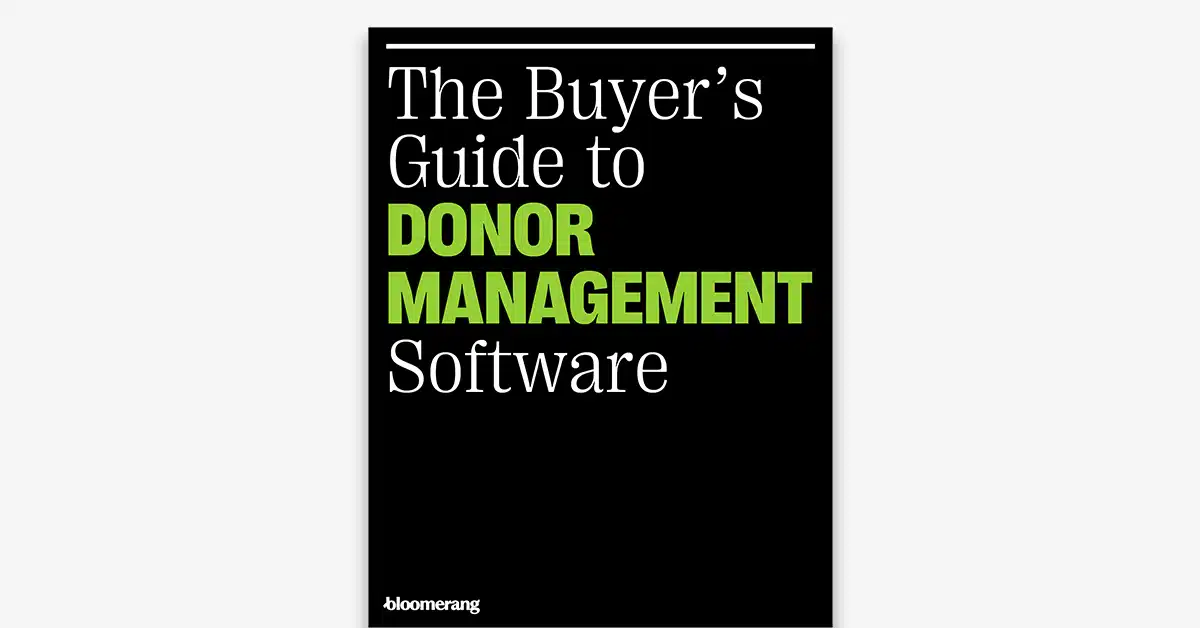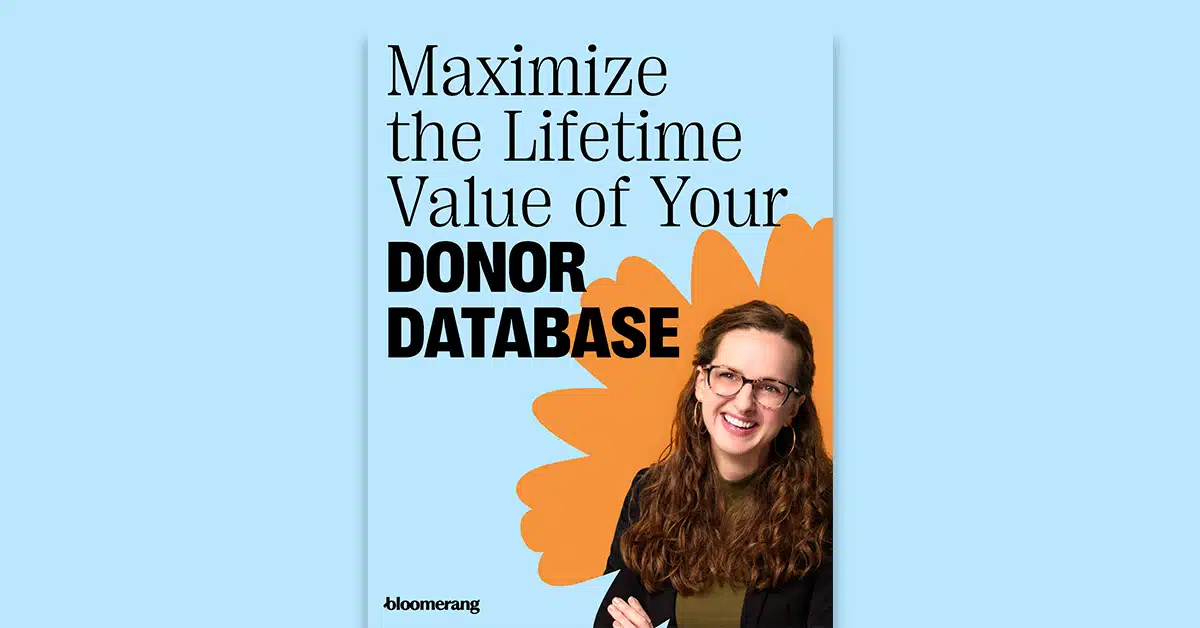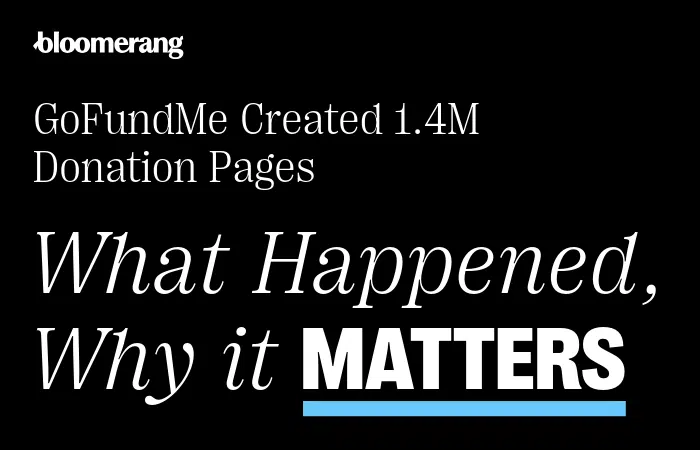

Encountering objections when asking donors for money is a given. One tactic for handling donor objections would be to develop and memorize canned responses to every possible type of objection.
Experienced fundraisers know this tactic is futile, because a simple “ask” often triggers an avalanche of donor replies, ranging from polite deflections to excuses worthy of an improv show. A more effective approach is to master a simple process for handling objections that can be applied to any objection.
Below is a simple, three-step process for mastering donor objections. Just repeat it until you land a “yes,” a “no,” or an agreement on next steps—whether that means another meeting, sending a proposal, giving a tour, or showing off the blueprints for that shiny new facility.
3-step process for handling objections
- Acknowledge. Acknowledge the objection with empathy.
- Options. Provide options in an effort to find a solution.
- Close. Close with another ask, or agree to next steps.
1. Acknowledge the objection with empathy
When a donor objects to an ask, the first thing you want to do is acknowledge their objection—with empathy. By acknowledging a donor’s response, it validates their right to object showing them that you’ve listened, you care, and you’re clear about their objection. It’s the conversational equivalent of saying, “Yes, I hear you loud and clear,” instead of, “La la la, I can’t hear you.”
Keep the acknowledgement short. Maintain a sincere and empathetic tone. If you neglect to acknowledge a donor’s objection, or try to defend your ask, or push for a donation, you will turn off the donor and lose the donation, and possibly the donor.
“I understand this month might not be a good time…”
“I can understand how you might feel…”
“I agree, the economy is rough right now…”
“I can appreciate the position you’re in…”
“I recognize that $5,000 is a lot to ask…”
“I sense that the timing is not good for you…”
“I can identify with what you’re saying…”
2. Provide options in an effort to find a solution
After acknowledging an objection, you’ll want to provide one or more options to help the donor overcome their objection. Experienced fundraisers know that when you provide donors with options and find solutions to their concerns, you transform “Yes… buts” into “Yes… that works!”
Let’s say you’re launching a campaign to build a new science and technology building on your property. One of your major donors is the CEO of a biotech company in the area. You call her in an effort to set up an in-person meeting and she says… “I’m sorry, I’m just too busy to meet with you on that side of town.”
Here are some options you could provide after acknowledging her:
Acknowledge. “I understand how busy you must be running a biotech company of that size…”
Option 1. “AND to accommodate your hectic schedule, I’m willing to meet you at your office for 30 minutes at a time that works for you…”
Option 2. “AND if your workdays are slammed, I can meet early in the morning, over lunch, or even after work—whatever fits best…”
Option 3. “AND if your schedule is packed this month, I’d be glad to circle back in a few weeks when things calm down and find a time that works better for you…”
When all options fail, use “donor’s choice”
No matter how many options you provide, sometimes you just can’t find one the donor likes. When this happens, it’s time to ask probing questions such as “May I ask why you’re hesitating?” “May I ask what’s causing you to object?” or “What’s on your mind?” Questions like these can get a donor talking to reveal what’s in their heart or on their mind.
However, when a donor has balked two times, it’s time to turn the tables and provide them a chance to make a suggestion. This option is called “donor’s choice.”
“Wayne, it sounds like you want to support us, but I need your help here. What do you suggest we do to make this work?”
“Kim, what can The Hunger Coalition do to make this work for you?”
Once you hear a donor’s response to questions like these, and it’s positive, which it usually is, you have a starting point from which you can shape an ask or a close that creates a win-win.
3. Close with another ask, or agree to next steps
After offering a donor various options to overcome their objections, three results are imminent: They will say “Yes,” “No,” or you will have to take some form of “next steps.”
- Yes. If a donor says “Yes,” express your gratitude and thank them for the gift. Next, you’ll want to talk about payment options and acknowledgment. And last, you’ll want to talk about next steps (e.g., follow-up paperwork, meetings, name recognition, introductions, volunteer opportunities, etc.).
- No. If a donor says “No,” make sure you’ve offered enough options, including a “Donor’s Choice” option. You’ll also want to confirm the donor’s “No” is not circumstantial due to a job loss, divorce, tuition bills, etc. If it is, grant the donor grace and ask how they would like to keep in contact until the timing is better. If it’s not circumstantial, ask the donor if there is anything you can do that might change their mind. If it’s clear that the donor doesn’t want to make a donation, graciously thank them and ask if they would like to remain on your email recipient list for events and updates. Also, ask if it’s okay to call on them once a year.
- Next steps. If a donor says “Maybe” or is unsure about their donation intentions after you’ve provided a number of options, then it’s best to wrap up the meeting and talk about next steps. The next steps might include a meeting with the donor’s partner, an updated proposal, a tour of the facility, or a call with the board chair.
Whatever it is, graciously thank the donor for their time and act quickly to set in motion the next steps.
Ok, let’s put it all together.
Example:
Ask
[You] Would you be willing to give $1,000 to support our new swimming program?”
[Donor] “I’m sorry, but $1,000 is way too much money for me.”
Acknowledge, option, close
[You] “I can understand. If someone asked me for $1,000, I wouldn’t be able to give it all at once either.
How about this… to create a better fit for your cash flow, what if we spread out the donation by breaking it down into four quarterly gifts of $250, or a monthly gift of $83?”
[Donor] “Sorry, but that’s still too much money for me… I just can’t afford to give $1,000.”
Acknowledge, option, close
[You] “Okay, no problem. I understand. However, I have a suggestion that might be more in line with your budget. Would you be willing to give $600 to sponsor three kids for summer swimming lessons?”
[Donor] “Yes, I’d like to do that, and it’s more in line with what I was thinking.”
[You] “Would you like to make a one-time gift of $600?”
[Donor] “Do you have any payment options?”
[You] “Yes. Let’s set up the gift as a $600 pledge. What works best for you, four quarterly gifts of $150, or 12 monthly gifts of $50?”
[Donor] “I like the $150 a quarter option; let’s do that.”
Summary
Fundraising objections aren’t roadblocks—they’re speed bumps, and with the right approach, you can glide right over them without spilling your coffee. Instead of memorizing hundreds of canned responses, use the simple 3-step process: Acknowledge with empathy so the donor feels heard, provide options that turn “No, but…” into “Yes, that works,” and close with gratitude, another ask, or clear next steps.
Sometimes you’ll get a “Yes,” sometimes a “No,” and sometimes a “Let’s talk later”—but by staying calm, flexible, and human, you’ll keep the relationship intact and often land the gift. In other words, objections aren’t the end of the conversation—they’re just the beginning of a better one.







Comments